Museums are a great way to gain insight into various aspects of a city, and Bangladesh has plenty of fascinating museums to explore. In honour of International Museum Day observed internationally today, we bring you a list of some of the many museums in the city that highlight major events and conflicts that have shaped this region and throw a light on its culture and society as well.

Delve into our folk roots
The Folk Art Museum was established in 1975 in Sonargaon, and has not only become a major attraction in the city since then, but also for the entire region. The main museum building focuses on displaying the skills and expertise of the artisans and artists of the country. The two smaller Folk Arts and Crafts Museums exhibit wooden crafts, brass, bamboo and metal crafts, painted work, musical instruments, pottery, textiles, ornaments and much more. The museum complex also includes a crafts sales centre, restaurants, crafts village, library, rest house and documentation centre.
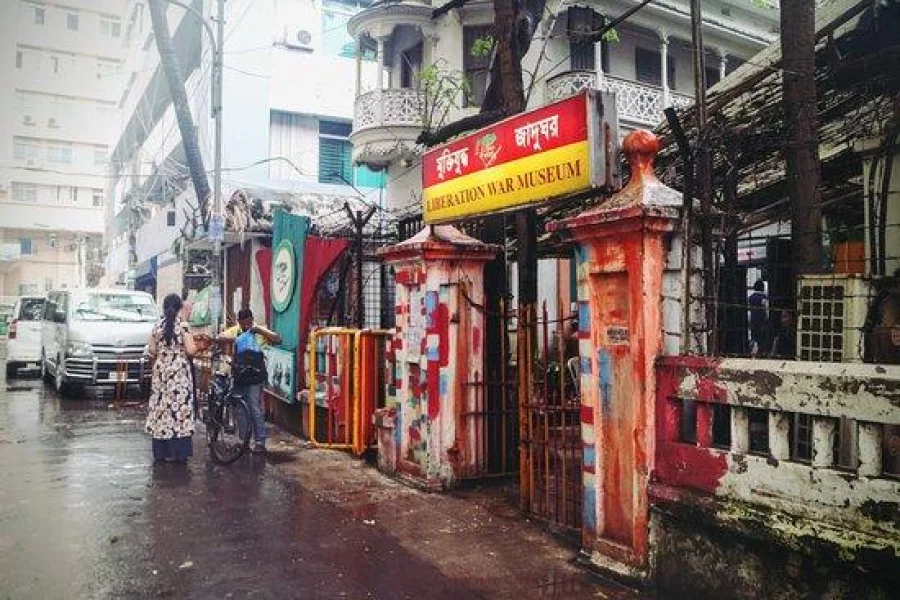
Lest we forget
The Liberation War Museum (LWM) is dedicated to the memory of the sacrifices made by soldiers and civilians during the Liberation War. Located in Agargaon in Dhaka, the museum was started by community leaders who wanted to honour and preserve this part of the history of Bangladesh. The project grew as community members began donating mementoes, documents and other items related to the Liberation War, as well as making donations for funding the museum. The LWM has recently moved to new premises, and is able to display a much greater portion of their collections, which ranges from documenting the country's struggle against colonial control and the period of Pakistani rule to documents of the genocide of 1971, the resistance and declaration of independence.
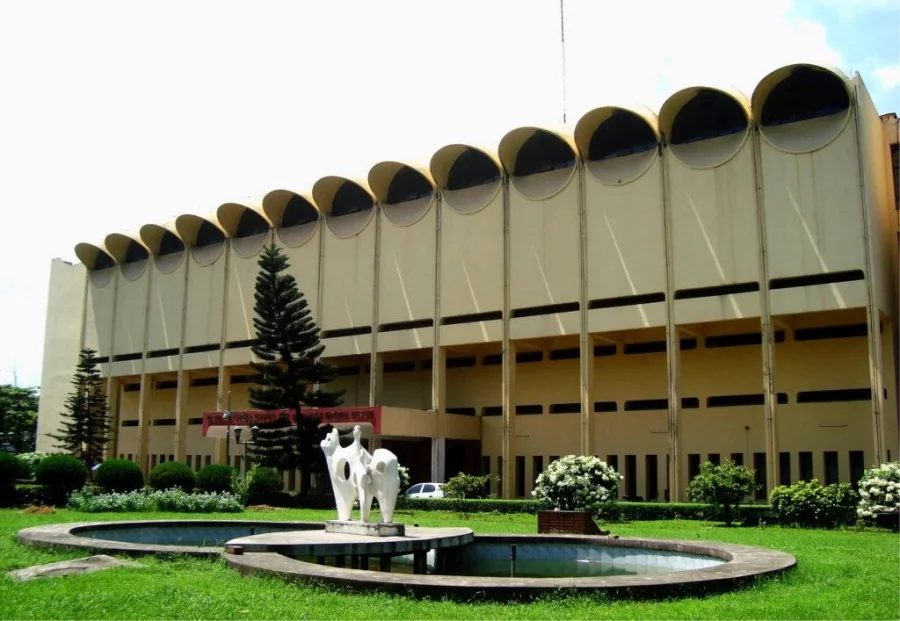
From there to now
Originally established as the Dhaka Museum in the year 1913 by Lord Carmichael, the museum developed into such a large establishment that its wealth in artefacts was acknowledged in 1983, by changing its name to the Bangladesh National Museum. Located in Shahbag, the museum consists of a conservatory laboratory, library, three auditoriums, photographic gallery, temporary exhibition hall and an audio-visual division. Some of the artefacts include sculptures, tapestries, votive seals, terracotta pieces, water colour drawings, porcelain items, metal work, weapons and medieval armoury, wooden furniture, quilts, fossils and traditional crafts.
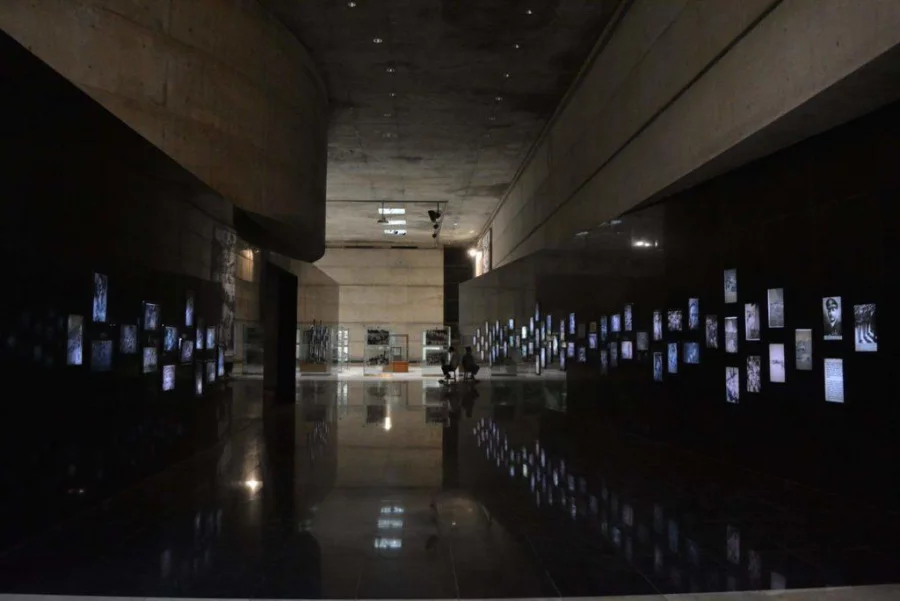
One revolution to another
The Museum of Independence in Dhaka depicts the history of the nation since Mughal tenure to independence in 1971. It is the first and only underground museum in the country. The museum is part of a 67-acre complex at Suhrawardy Udyan, the site from where Sheikh Mujibur Rahman gave his historic speech declaring the struggle for independence in 1971, and where the Pakistani forces surrendered after the Liberation War. The museum was opened to the public on March 25, 2015, the 45th Independence Day of Bangladesh. The underground museum contains a multimedia projection theatre, an amphitheatre, three water pools, Shikha Chirantony (eternal flame) symbolising the eternity of Bengali nationalism, a mural based on the struggle for independence and other ancillary facilities.
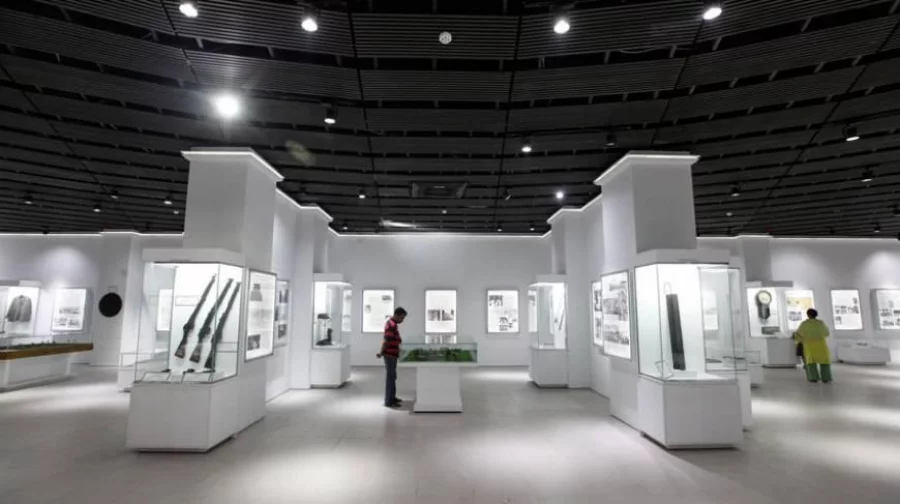
Polices of the past
The Liberation War Museum of Police began its journey in 2013 with limited resources. Later in 2015, Inspector General of Police (IGP) AKM Shahidul Haque laid the foundation stone for the new museum at the eastern border of the police line, and Prime Minister Sheikh Hasina inaugurated the museum on January 23 of this year. The museum is divided into three portions. The ground floor includes a corner dedicated to Bangabandhu Sheikh Mujibur Rahman, and a li brary with nearly 2,000 books on the Liberation War. The basement is split into six different galleries which are organised chronologically. These relics range from the different uniforms worn by police during British and Pakistani regimes to a number of weapons and equipment.
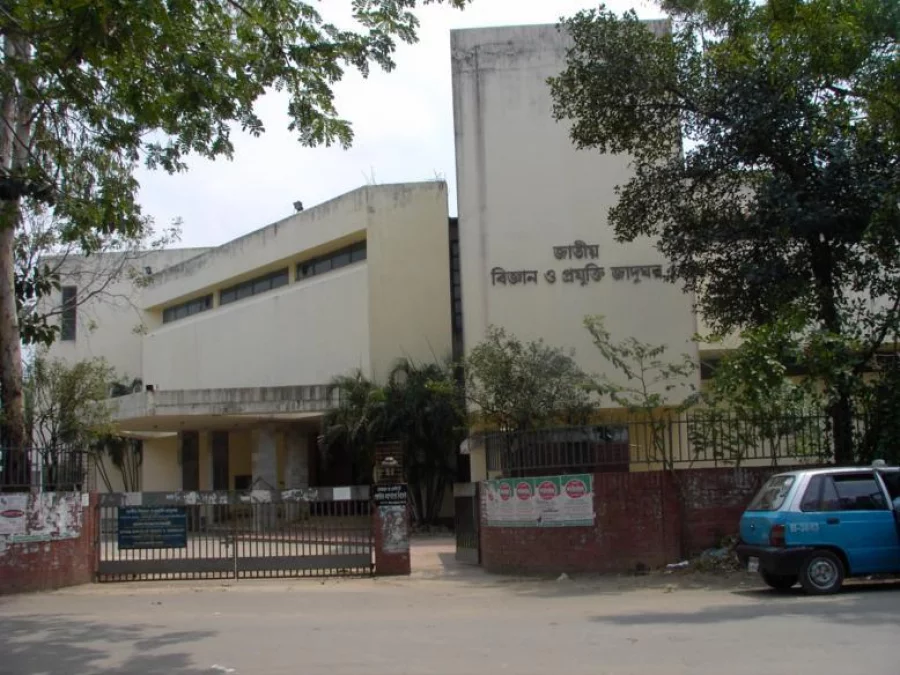
Stock up on your science facts
The National Museum of Science and Technology (NMST) was established in 1966 by the government of Pakistan. It was first based in the Dhaka Public Library building, after which the museum moved a number of times before it was established in its permanent home in 1981. The NMST in Bangladesh is divided into three categories – Technology, Biological Science and Physical Science. It also contains galleries with static and working exhibits, as well as models, diagrams, charts and animated posters. The exhibits provide detailed information concerning experiments and inventions in a number of fields including electricity, light, heat, magnetism, communication, sound, as well as motion, force and energy.








